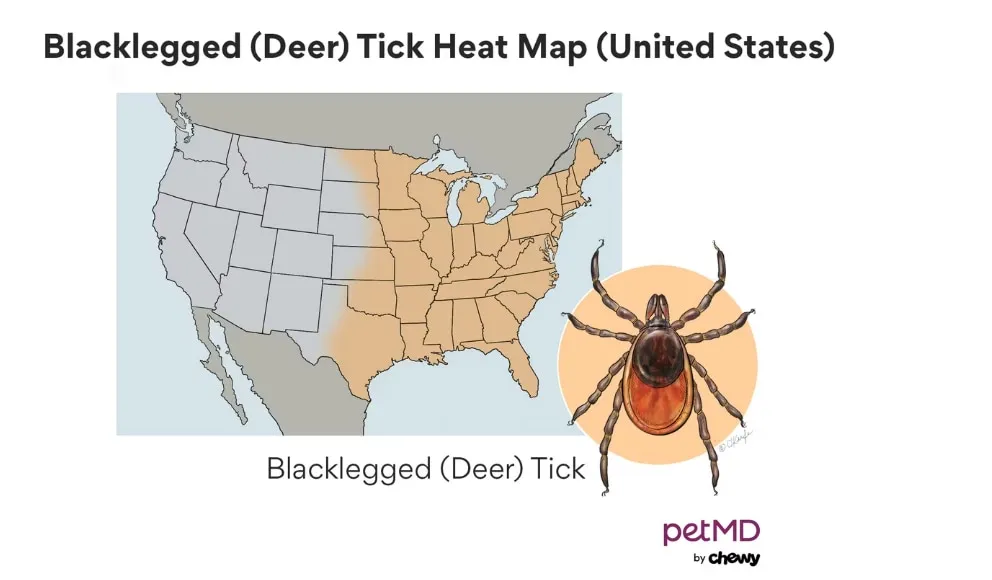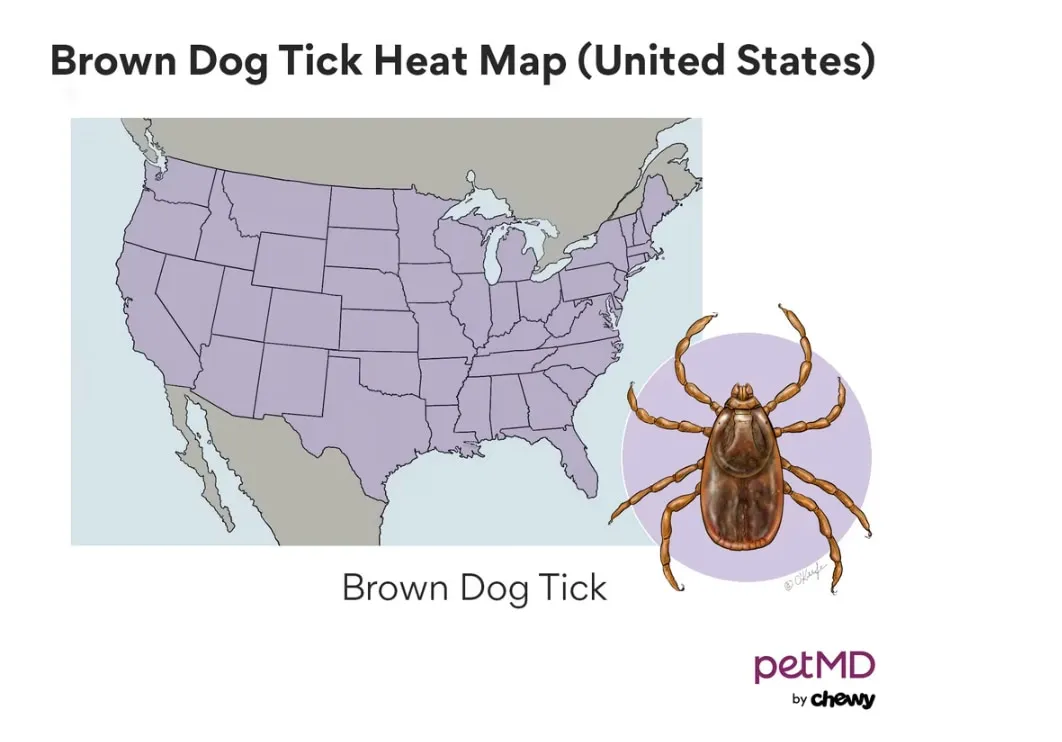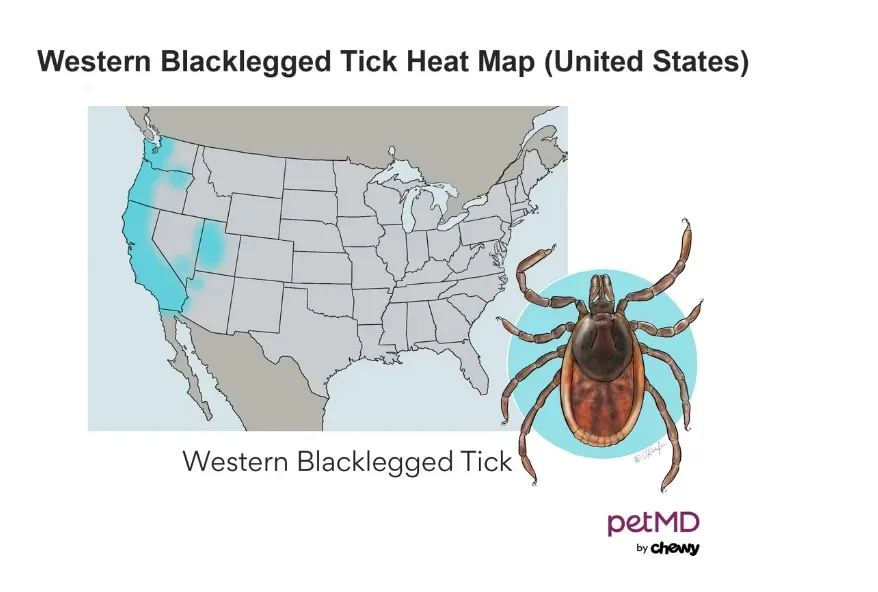Preventing parasites like fleas and ticks is a cornerstone of maintaining your dog’s health and happiness. Among the most effective methods is the consistent use of monthly flea and tick preventatives. Understanding the risks associated with these pests and the best ways to protect your canine companion is crucial for every dog owner. This guide delves into why prevention is paramount, when to start, and the critical differences between over-the-counter and prescription treatments, particularly focusing on Prescription Flea Treatment For Dogs.
Why Flea and Tick Prevention is Non-Negotiable for Dogs
Fleas and ticks are external parasites, known as ectoparasites, that survive by feeding on their host’s blood. Their bites are not merely a nuisance; they can lead to a cascade of health problems for your dog. Flea saliva, for instance, is a common culprit behind severe allergic reactions, leading to dermatitis, intense itching, and secondary infections. Ticks, on the other hand, can transmit dangerous diseases.
These tenacious parasites are vectors for a variety of serious illnesses in dogs, including Lyme disease, Ehrlichiosis, Anaplasmosis, Rocky Mountain Spotted Fever, and Babesiosis. The implications extend beyond your pet’s well-being, as some of these tick-borne diseases can be transmitted to humans. Therefore, maintaining a flea and tick-free environment for your dog is a vital step in protecting both your pet and your family.
When Should Dogs Begin Flea and Tick Prevention?
Fleas and ticks are remarkably resilient and can thrive in diverse climates. Given their potential to spread debilitating diseases to both dogs and people, initiating flea and tick prevention early is essential. It is recommended to start these preventative measures when your puppy is around 8 weeks old. Crucially, this protection should be administered year-round, continuing throughout your dog’s entire life to ensure consistent defense against these persistent parasites.
Navigating Flea and Tick Combination Medicines
A wide array of products exists to help keep your dog free from parasites. These options generally fall into categories of pesticides, repellents, or growth inhibitors, each targeting different stages of the pest’s life cycle to prevent infestations. Some products focus solely on fleas, while combination treatments for dogs are designed to combat multiple types of pests. These advanced formulations can also offer protection against heartworms, skin and ear mites, and intestinal parasites.
When considering a flea and tick medication, always consult your veterinarian to ensure it’s the most suitable choice for your dog. A thorough review of the product label and discussion with your vet is necessary to confirm:
- Species Appropriateness: Ensure the product is formulated for dogs, not cats, as some ingredients can be toxic to felines.
- Weight Range: Confirm the product is within the correct weight bracket for your dog.
- Parasite Coverage: Verify that it protects against the specific parasites prevalent in your region and posing a risk to your dog.
- Administration Guidance: Understand if the medication should be given with food, its frequency, and how long it takes to become effective.
- Safety Precautions: Be aware of any potential adverse reactions, bathing guidelines post-application, and emergency protocols.
Several factors should influence your decision:
1. Method of Application
Flea and tick preventatives are primarily available in two forms:
- Oral: These are typically chewable tablets, offering a convenient way to administer medication.
- Topical: Applied as a liquid between the shoulder blades or along the back, topical treatments can be a good option for picky eaters or dogs with sensitive stomachs. However, caution is advised in households with young children or other pets who might come into contact with the application site before it dries. Topical treatments may also be less effective if your dog swims frequently or requires regular bathing.
 Dog receiving a topical flea treatment
Dog receiving a topical flea treatment
2. Geographic Location
Parasite populations vary significantly by region. The Companion Animal Parasite Council (CAPC) is an excellent resource for identifying the specific fleas and ticks common in your area, helping you choose a product with comprehensive protection.
3. Exposure to the Outdoors
The environments where your dog spends time—dog parks, hiking trails, wooded areas, or even your backyard—can harbor fleas and ticks. Dogs with higher outdoor exposure may be at greater risk. However, fleas can easily be introduced indoors through window screens, other pets, or even on clothing, making year-round prevention a sound recommendation for all dogs.
4. Lifestyle and Activity Level
While all dogs are susceptible, those with active lifestyles, such as working, herding, or hunting dogs, may have increased exposure to parasites due to their extensive time spent outdoors in environments prone to fleas and ticks.
5. Life Stage and Size
Puppies and small dog breeds require specific formulations. Always consult your veterinarian for appropriate products, considering age and weight. Most preventatives are suitable for dogs over 8 weeks old, but some, like Revolution Topical Solution for Kittens and Puppies, can be used from 6 weeks of age.
6. Pre-existing Medical Conditions
For dogs with a history of seizures or neurological disorders, certain classes of preventatives, such as isoxazolines, should be used with extreme caution. If your dog has had an allergic reaction, is underweight, sick, pregnant, or nursing, any preventative treatment should be discussed thoroughly with your veterinarian.
Over-the-Counter vs. Prescription Flea Treatment for Dogs
The market offers both over-the-counter (OTC) and prescription flea and tick preventatives.
Over-the-Counter Flea and Tick Products
These products do not require a veterinary prescription and are readily available online and in pet stores. While convenient, it’s always advisable to consult your veterinarian even when opting for an OTC product to ensure its safety and efficacy for your specific pet.
Prescription Flea Treatment for Dogs
Prescription flea treatment for dogs requires a prescription from a veterinarian. Although they may be slightly more expensive than OTC options, veterinarians often recommend prescription products due to their typically higher efficacy and enhanced safety profile for dogs. These treatments are often more potent and target a broader spectrum of parasites, offering a more robust defense. For instance, products like Credelio Quattro provide comprehensive protection against six types of parasites: fleas, ticks, heartworms, roundworms, hookworms, and tapeworms.
Popular Flea and Tick Prevention Products for Dogs
Many effective products are available, each with unique active ingredients and modes of action. Consulting your veterinarian is the best way to determine the ideal product for your dog.
Advantage II
A topical monthly treatment containing imidacloprid and pyriproxyfen, Advantage II effectively kills fleas, including eggs and larvae, within hours. It also targets chewing lice but does not offer tick protection. It’s suitable for dogs and puppies over 7 weeks old weighing more than 3 pounds.
Advantage Multi
This topical monthly solution features imidacloprid and moxidectin. It treats fleas, sarcoptic mange, and various intestinal parasites (hookworms, roundworms, whipworms) while preventing heartworm disease. It kills fleas quickly but may take up to 24 hours for other parasites. Similar to Advantage II, it is for dogs and puppies over 7 weeks weighing over 3 pounds and does not prevent ticks.
Bravecto
Available as a chewable tablet or topical solution, Bravecto contains fluralaner, an isoxazoline. It acts rapidly, killing fleas within two hours and ticks within 12 hours. Bravecto is also effective against demodectic mange, sarcoptic mange, and ear mites. Due to its isoxazoline classification, it should be used with caution in dogs with a history of seizures.
Comfortis
This monthly chewable tablet contains spinosad and is exclusively for treating fleas. It acts swiftly, eliminating fleas within 30 minutes of administration. It is recommended for dogs and puppies 14 weeks or older, weighing over 5 pounds.
Credelio
Credelio is a monthly chewable tablet with the active ingredient lotilaner, an isoxazoline. It combats fleas and ticks, starting to kill fleas within four hours. It is indicated for dogs and puppies over 8 weeks old, weighing more than 4.4 pounds. As with other isoxazolines, caution is advised for dogs with seizure disorders.
Credelio Quattro
This comprehensive chewable tablet includes lotilaner for flea and tick control, along with moxidectin (for heartworms, hookworms, roundworms), praziquantel (for tapeworms), and pyrantel (for hookworms and roundworms). Administered monthly, it’s suitable for dogs and puppies 8 weeks and older, weighing at least 3.3 pounds.
Frontline Gold & Plus
Frontline Gold is a topical monthly treatment using fipronil, (s)-methoprene, and pyriproxyfen to kill fleas, ticks, and chewing lice quickly. Frontline Plus uses fipronil and (s)-methoprene for similar efficacy, though it may take longer to act. Both are for dogs and puppies over 8 weeks, weighing more than 5 pounds. Frontline Shield, another topical option, adds permethrin and pyriproxyfen, killing and repelling fleas, ticks, lice, and stable flies, while also repelling mosquitoes. It is for dogs and puppies over 9 weeks, weighing more than 5 pounds, and is highly toxic to cats.
 Close-up of a tick on a dog's skin
Close-up of a tick on a dog's skin
K9 Advantix II
This topical monthly product contains imidacloprid, permethrin, and pyriproxyfen. It repels and kills fleas, ticks, mosquitoes, and chewing lice, and repels biting flies. It starts killing parasites within hours. It’s for dogs and puppies over 7 weeks old, weighing more than 4 pounds, and is highly toxic to cats.
Nexgard
Nexgard is a monthly chewable tablet containing afoxolaner, an isoxazoline. It effectively targets fleas and various ticks, including deer ticks, American dog ticks, brown ticks, and Lone Star ticks. It’s also used off-label for sarcoptic and demodectic mange. Fleas are killed within four hours, and ticks within 48 hours. It’s for dogs and puppies over 8 weeks, weighing more than 4 pounds, and requires caution for dogs with seizure history.
Onguard Plus
A topical monthly treatment with fipronil and (s)-methoprene, Onguard Plus eliminates fleas, ticks, sarcoptic mange, and chewing lice. It’s intended for dogs and puppies over 8 weeks old, weighing more than 5 pounds.
Seresto Collar
The Seresto collar provides up to eight months of protection against fleas and ticks with its active ingredients, imidacloprid and flumethrin. Fleas are killed within 24 hours, and ticks within 48 hours. Frequent bathing may reduce its efficacy, requiring replacement as often as every five months. It is for dogs and puppies over 7 weeks of age.
Simparica Trio
This monthly chewable tablet combines sarolaner (an isoxazoline), moxidectin, and pyrantel. It treats fleas, ticks, roundworms, and hookworms, and prevents heartworm disease. It also aids in treating demodectic and sarcoptic mange and ear mites. It begins killing fleas and ticks within 12 hours and is for dogs and puppies over 8 weeks old, weighing more than 2.8 pounds. Use with caution in dogs with seizure history.
Trifexis
Trifexis is a monthly chewable tablet containing spinosad and milbemycin oxime. It’s effective against fleas, hookworms, roundworms, and whipworms, while also preventing heartworm disease. It kills fleas within 30 minutes but does not protect against ticks. It’s for dogs and puppies 8 weeks or older, weighing over 5 pounds.
Vectra 3D
This topical monthly product features dinitefuran, permethrin, and pyriproxyfen. It repels and kills fleas, ticks, mosquitoes, chewing lice, sand and biting flies, and some mites. It begins killing parasites within hours and is for dogs and puppies over 8 weeks old, weighing more than 5 pounds. This product is highly toxic to cats, necessitating extreme caution in multi-pet households.
 Different types of ticks magnified
Different types of ticks magnified
Conclusion
Effective flea and tick prevention is a critical component of responsible dog ownership, safeguarding your pet from disease and discomfort. While over-the-counter options exist, prescription flea treatment for dogs often provides more comprehensive and reliable protection. Always consult your veterinarian to discuss your dog’s specific needs, lifestyle, and health status to determine the most appropriate and safest preventative strategy. A proactive approach to parasite control ensures your canine companion remains healthy, happy, and free from the dangers posed by fleas and ticks.
References
- Companion Animal Parasite Council (CAPC): https://capcvet.org/
- PetMD: https://www.petmd.com/
- Chewy: https://www.chewy.com/
